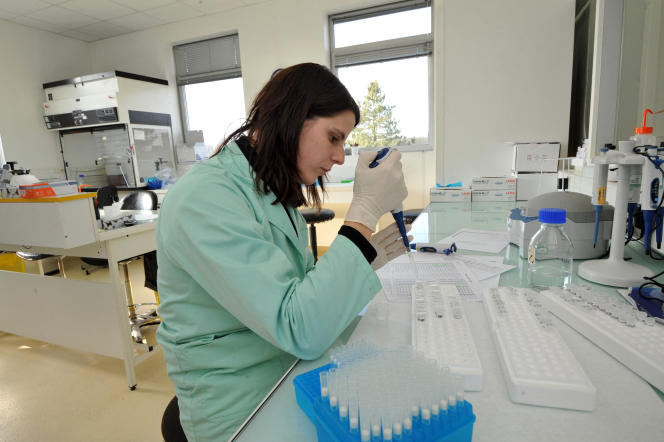Swiss clothing brand FTC Cashmere takes the traceability of its clothing very seriously. She started breeding 30,000 goats in a remote place in China, on the heights of Shaanxi, near the province of Inner Mongolia. Every two weeks, she gives them a health check-up. She also sprays droplets of artificial DNA, created in the laboratory, onto their wool, like an invisible barcode, which will remain throughout the clothing manufacturing chain, from weaving to dyeing. “All it takes is a simple test, on the shelves of a store, to verify the origin of the sweater”explains Adrian Knezovic, vice-president of FTC Cashmere.
Supply chains have become so globalized and complex that companies must borrow forensic techniques to untangle and map them. A company can have up to a million subcontractors, direct and indirect. It is therefore at the mercy of the slightest event, whether it be a disaster, like that of Fukushima, in 2011, which paralyzed part of the global electronics and automobile industry, or a health crisis like that of Covid-19. or, again, diplomatic tensions which could lead to sanctions or trade retaliation measures.
Supplier mapping also helps prevent fraud. In March, Brussels, for example, revealed that, out of 320 samples of honey collected at the borders of the European Union, almost half were falsified.
Certification of origin also serves as a selling point. Thus, the Marks & Spencer store chain launched an advertising campaign in April based on the slogan “We trace it, you can trust it” (“We track so you can trust”), and she is able, thanks to DNA samples, to identify the farm – and even the animal – where the slice of ham sold in her sandwiches comes from. .
“Be more responsive in the event of a crisis”
To guarantee consumers the origin of its meat, the Irish Cattle Breeding Federation, the group of Irish cattle breeders, carries out millions of similar samples each year. These are carried out on the animal upon its arrival at the slaughterhouse, then transmitted and stored in the laboratories of the Eurofins bioanalysis group, which can then control and certify the Irish meat sold in butchers by comparing the samples. “Customers also use our technologies to be more responsive in the event of a crisis”explains Antonina Constantine, former head of the genomics department at Eurofins.
You have 56.54% of this article left to read. The rest is reserved for subscribers.
